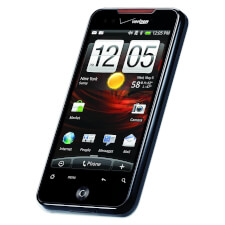CDMA
Stands for "Code-Division Multiple Access."
CDMA is a wireless transmission technology that allows multiple digital signals to travel over the same carrier channel. Qualcomm developed and patented CDMA as a commercial cellular networking method in the 1990s, and carriers first deployed networks using the technology in 1995. CDMA was one of two competing standards for 2G and 3G cellular data networks, along with GSM.
A CDMA network assigns every user a code that encodes and decodes wireless signals sent to and from their device. Multiple users can communicate with the network's transmission towers using the entire width of the frequency spectrum. Each device decodes only the signals that use their personal code, with signals meant for other users appearing as noise that the receiver can safely discard. By not limiting each user's frequency range, CDMA provides more bandwidth when compared to the TDMA method used by GSM networks. CDMA also allows more simultaneous users to use the same frequency spectrum without negatively affecting network performance.
Globally, CDMA networks were less common than GSM. CDMA was only widely used in the United States (primarily through Verizon) and parts of Asia. The two types of networks were incompatible, as they used different frequency ranges and thus required different radio hardware; however, during the later part of the 3G era it was common for smartphones to include radios for both. Both GSM and CDMA networks were gradually replaced during the 2010s by LTE networks. By the end of 2022, most carriers had retired their 2G and 3G networks entirely.
 Test Your Knowledge
Test Your Knowledge